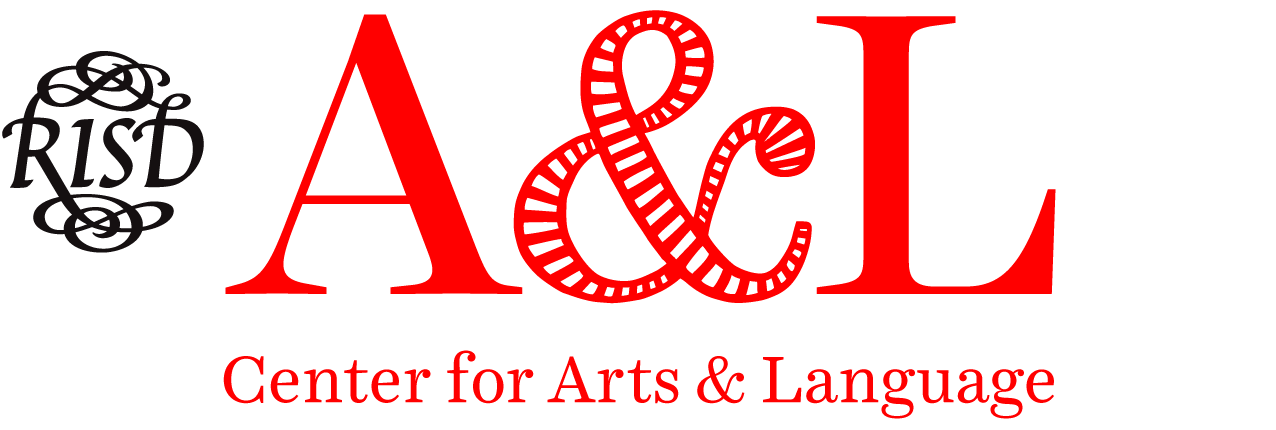And that’s just lesson one in our Fall workshop series Got Glossophobia? Public Speaking Workshops for Artists and Designers. Led by the fabulous artist, actor, activist, and RISD alum Ruthie Scarpino (pictured above), these workshops are rooted in both performance and improv theory and practice and artists and designers’ methods, content, and contexts. We just got a preview of Ruthie’s plans, and while we don’t want to give too much away, we can tell you that these workshops will be brilliantly conceived, deeply useful, and insanely fun.
E-mail mbarrett01@risd.edu to learn more or sign up.
Speak up, make eye contact, and take up space!
*Glossophobia, from the Greek glōssa, meaning tongue, and phobos, meaning fear or dread.











